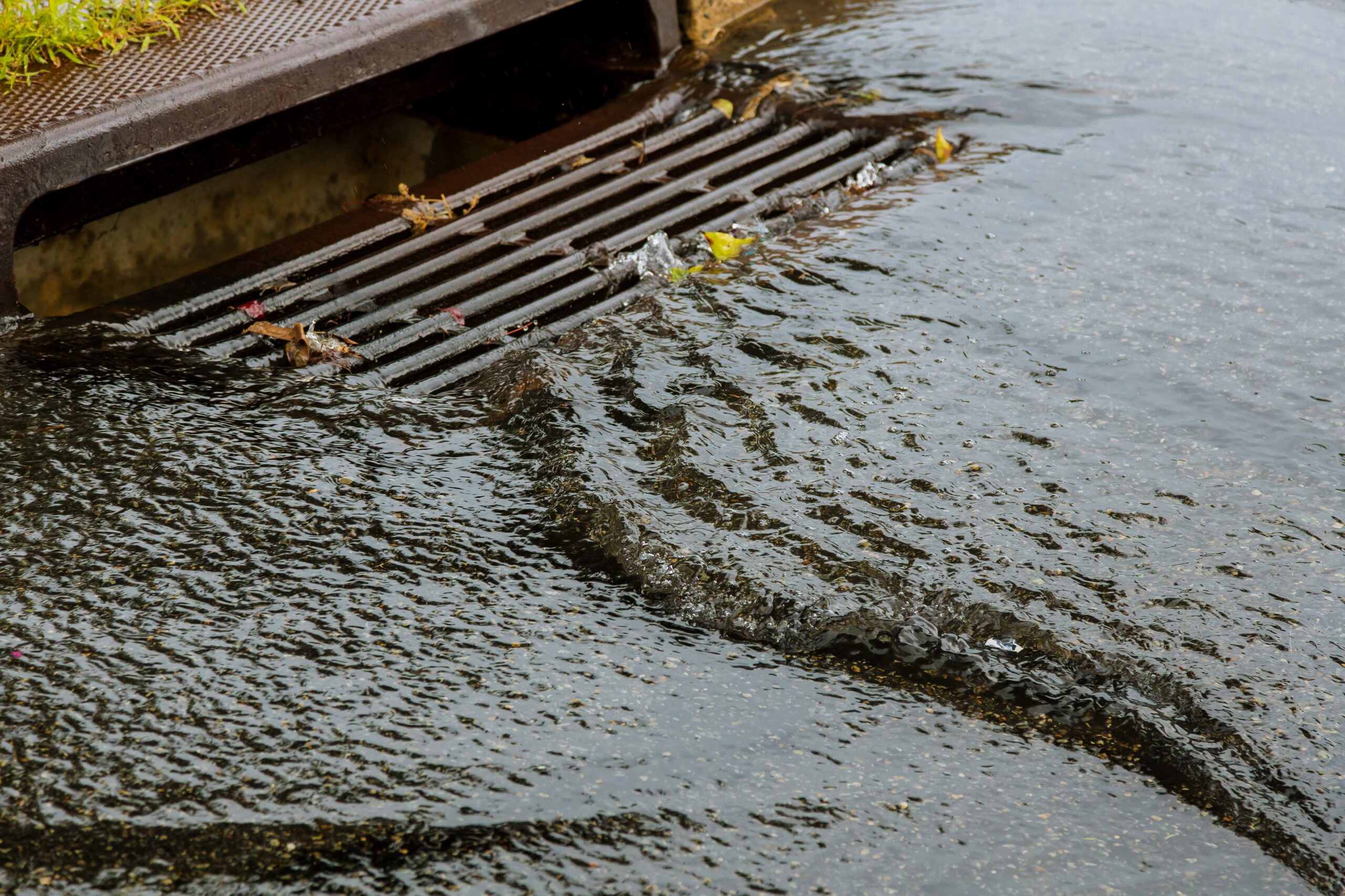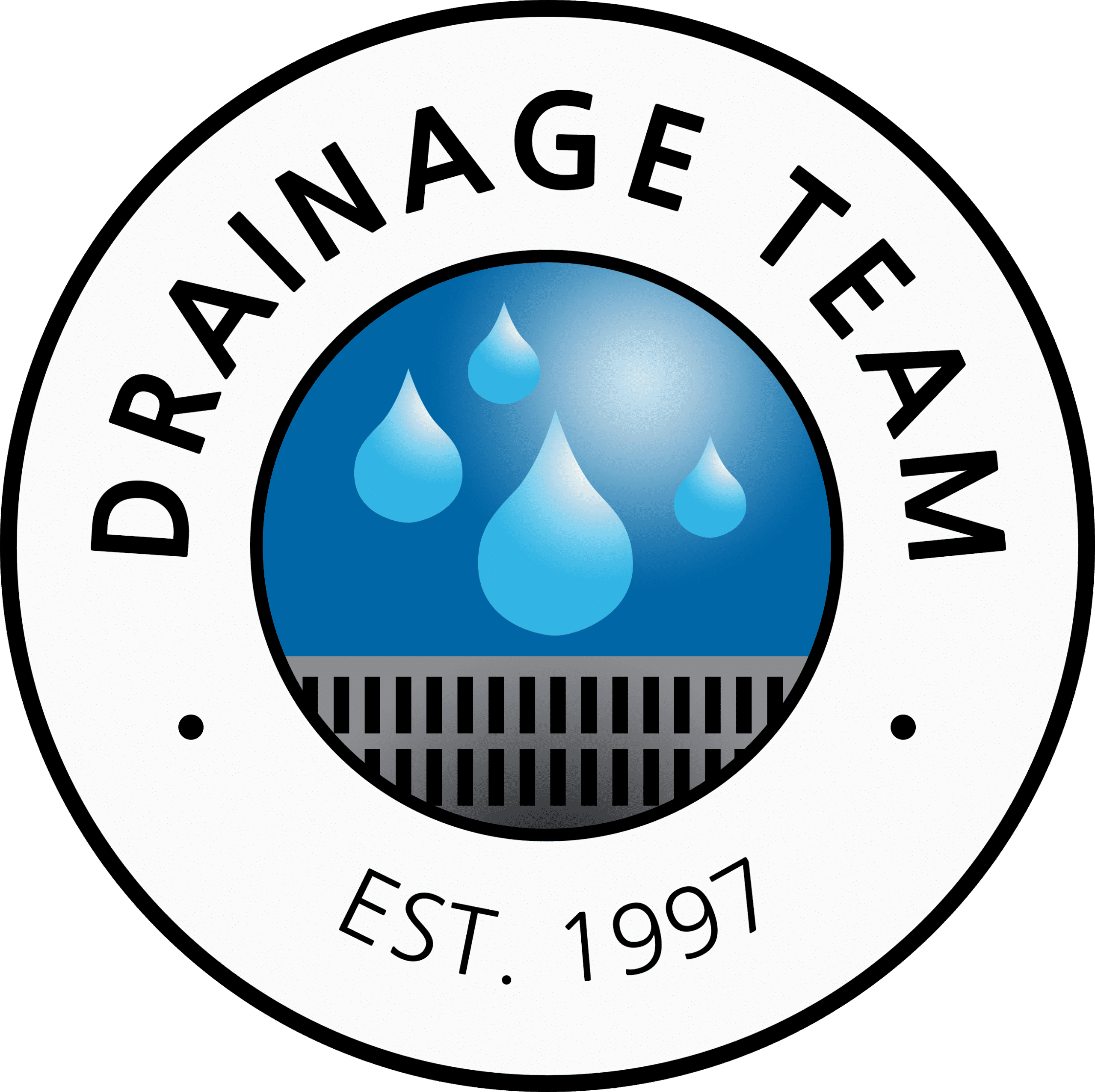As development continues to expand in residential and commercial areas, the need for efficient stormwater management practices becomes increasingly important. Stormwater, the water generated from rain or melting snow, carries debris, sediment, and pollutants that can have detrimental effects on water quality, ecosystem health, and the stability of your property’s landscape. Sustainable stormwater management practices not only help mitigate these adverse effects but also contribute significantly toward protecting our environment and natural resources.
Incorporating sustainable stormwater management practices into your property’s design can transform your approach to handling excess water, reducing runoff, and preventing erosion while promoting healthier landscapes and ecosystems. Creating a well-designed and environmentally responsible property requires a deep understanding of your land’s specific characteristics, how rainfall and snowmelt affect your region, and what strategies can best address stormwater management challenges.
In this article, we will explore a range of sustainable stormwater management practices that can be implemented on residential, commercial, and governmental properties. These solutions, which vary in complexity and scalability, include bioretention systems, permeable pavement, green roofs, and rain gardens. Each of these practices shares a common goal: managing stormwater efficiently while minimizing environmental impact and preserving the beauty and functionality of your property.
1. Bioretention Systems: Harnessing the Power of Nature
Bioretention systems, also known as rain gardens or bioswales, are an excellent sustainable stormwater management solution. These systems use natural processes, including evaporation, transpiration, and infiltration, to remove pollutants and reduce stormwater runoff. A well-designed bioretention system typically comprises a vegetated area with a specially engineered soil mix. As stormwater filters through the system, pollutants are removed, and excess water either infiltrates the ground or is discharged into storm drains.
Key benefits of bioretention systems include:
– Effective runoff control: Bioretention systems can retain and treat large amounts of stormwater, preventing erosion and flooding.
– Improved water quality: As stormwater passes through the bioretention system, pollutants are effectively removed or broken down, promoting healthier water quality for local ecosystems.
– Habitat creation: These vegetated systems provide valuable habitat for birds, butterflies, and other beneficial species.
– Aesthetic appeal: Bioretention systems enhance the visual appeal of a property, as they can be easily integrated into a landscape and offer seasonal color and interest.
2. Permeable Pavement: A Solution for Efficient Water Management
Permeable pavement serves as a practical and environmentally friendly alternative to traditional impervious surfaces, such as concrete or asphalt. Permeable pavement systems allow water to infiltrate directly into a sub-base layer, reducing runoff and promoting groundwater recharge. Common permeable materials include porous asphalt, permeable concrete, and permeable pavers.
The advantages of using permeable pavement include:
– Reduced runoff: By allowing water to soak into the ground, permeable pavement helps lower the volume of stormwater runoff generated by your property.
– Enhanced water quality: The infiltration process provided by permeable pavement encourages the natural filtering of pollutants, contributing to improved water quality.
– Flood mitigation: Permeable pavement can help decrease the risk of flooding by managing stormwater more efficiently, lessening the strain on sewer systems and other infrastructure.
– Localized temperature regulation: By promoting infiltration, permeable pavement helps mitigate the urban heat island effect, reducing localized temperatures.
3. Green Roofs: Sustainable Technology at New Heights
A green roof is a roofing system that incorporates vegetation and growing medium over a waterproof membrane. These transformative spaces offer various benefits for sustainable stormwater management, energy efficiency, and urban biodiversity. Green roofs come in extensive and intensive varieties, with extensive green roofs featuring shallower soil depths and low-maintenance, drought-tolerant plants, while intensive green roofs support a more diverse selection of plants and require more substantial maintenance.
The benefits of green roofs include:
– Stormwater retention: Green roofs help absorb and store rainwater, minimizing runoff and alleviating the burden on stormwater infrastructure.
– Improved energy efficiency: By enhancing a building’s insulation, green roofs can reduce energy consumption and lower utility costs.
– Urban habitat creation: Green roofs create new wildlife habitats in urban settings, contributing to increased local biodiversity.
– Aesthetic enhancement: These innovative spaces add visual interest to a building and can serve as beautiful, usable spaces for residents or occupants.
4. Rain Gardens: Ecological Landscapes for Stormwater Management
Rain gardens are shallow, landscaped depressions designed to collect and treat stormwater runoff from roofs, driveways, or other hard surfaces. These planted gardens use various vegetation, including native plants, to absorb water, filter pollutants, and improve water quality. Positioned strategically within a property’s landscape, rain gardens can help minimize soil erosion, protect downstream ecosystems, and provide valuable habitat for birds, butterflies, and other wildlife.
Key benefits of rain gardens include:
– Efficient stormwater management: Rain gardens hold stormwater in place, reducing runoff, and promoting infiltration and groundwater recharge.
– Improved water quality: By retaining and filtering stormwater, rain gardens improve water quality and help protect downstream ecosystems.
– Low maintenance: Once established, rain gardens are relatively low-maintenance, as native plants are typically utilized for their adaptation to local climate and soil conditions.
– Enhanced aesthetics: Rain gardens can seamlessly blend into your landscape design, providing seasonal color and visual interest.
Conclusion
Sustainable stormwater management practices are essential for preserving the health and beauty of your residential, commercial, or governmental property. By incorporating bioretention systems, permeable pavement, green roofs, or rain gardens into your landscape, you can effectively manage stormwater, improve water quality, and bolster the ecological health of your local environment. Through these approaches, property owners can play a vital role in safeguarding our natural resources while enhancing the value and appeal of their properties.
At Drainage Team, we specialize in designing and implementing sustainable stormwater basins that align with your property’s unique needs and goals. Let us help you create an ecologically responsible landscape that minimizes environmental impact and leaves a lasting positive influence on your community. Contact us today to learn more about our sustainable practices and how we can support your vision for effective stormwater management.







